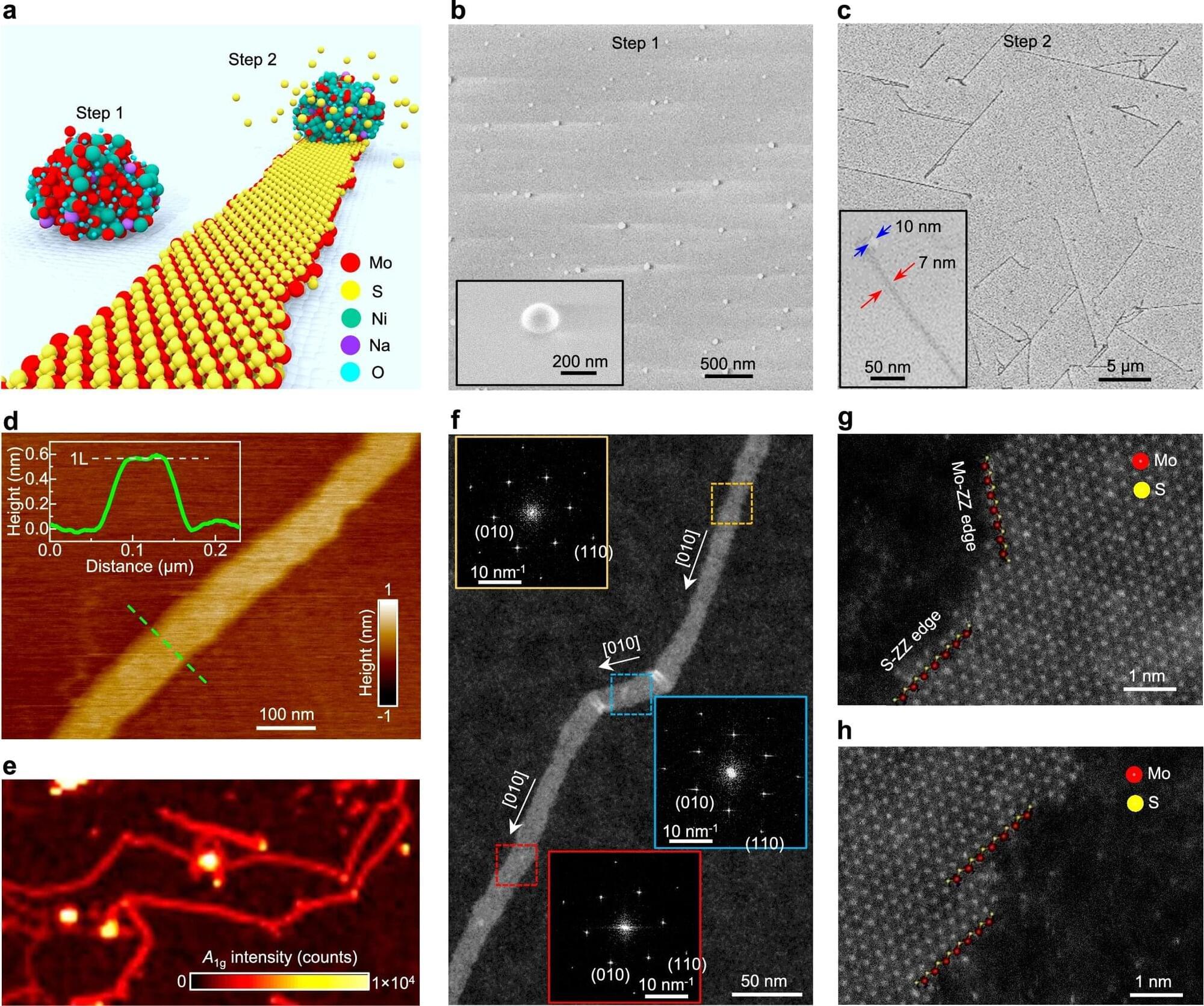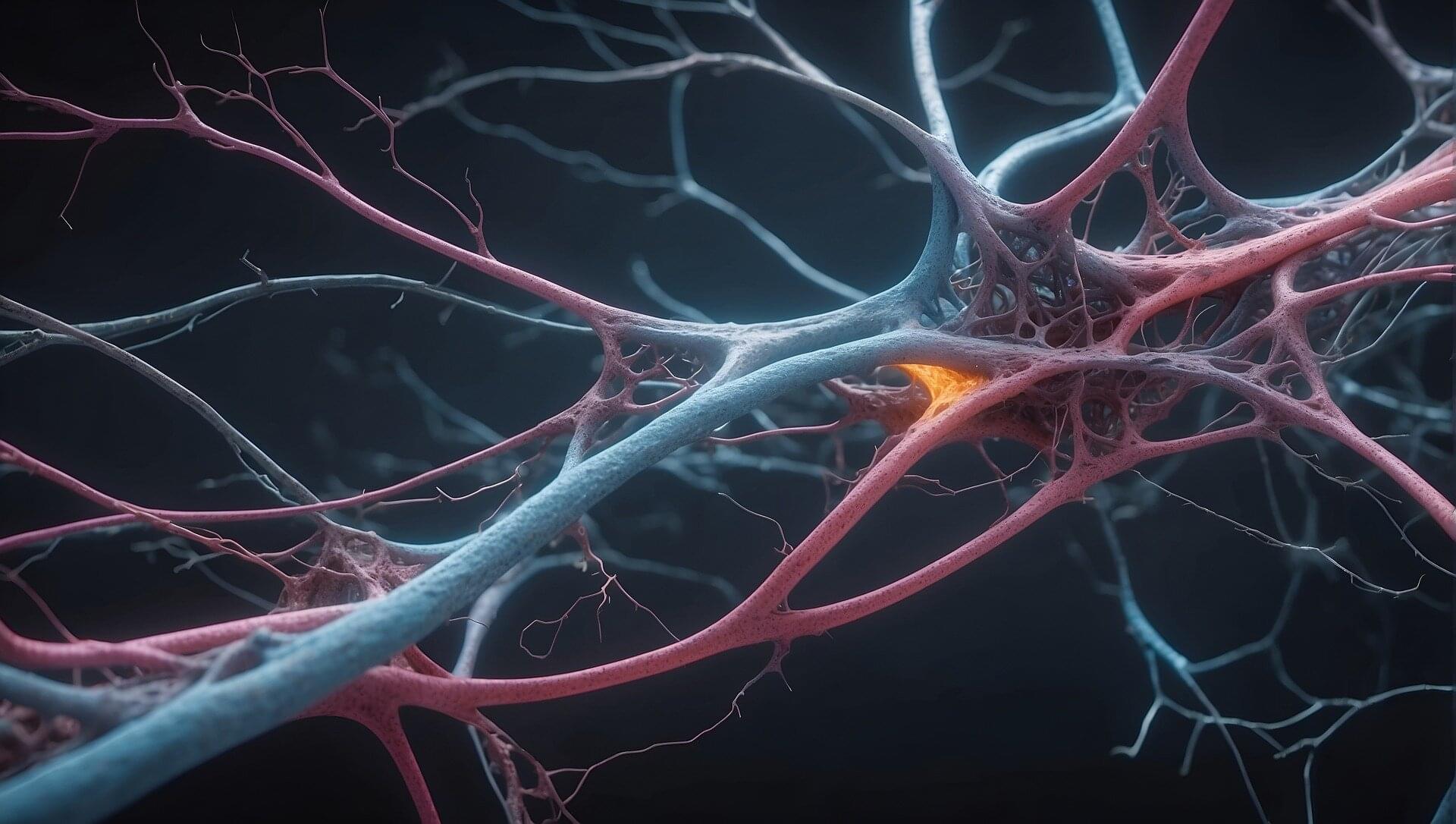An exploration into ten potential ways that we may have already detected alien life in the universe.
Cylinder Eight by Chris Zabriskie is licensed under a Creative Commons Attribution license (https://creativecommons.org/licenses/.…)
Source: http://chriszabriskie.com/cylinders/
Artist: http://chriszabriskie.com/
Cylinder Three by Chris Zabriskie is licensed under a Creative Commons Attribution license (https://creativecommons.org/licenses/.…)
Source: http://chriszabriskie.com/cylinders/
Artist: http://chriszabriskie.com/
Cylinder Five by Chris Zabriskie is licensed under a Creative Commons Attribution license (https://creativecommons.org/licenses/.…)
Source: http://chriszabriskie.com/cylinders/
Artist: http://chriszabriskie.com/
Cylinder Seven by Chris Zabriskie is licensed under a Creative Commons Attribution license (https://creativecommons.org/licenses/.…)
Source: http://chriszabriskie.com/cylinders/
Artist: http://chriszabriskie.com/
Light Awash by Kevin MacLeod is licensed under a Creative Commons Attribution license (https://creativecommons.org/licenses/.…)







